#a1
Audi Abandoning Subcompact Cars Over Regulatory Pressure
Audi is discontinuing the A1, citing Europe’s regulatory landscape as the main cause. Eager to limit the amount of CO2 coming out of tailpipes, the European Union has placed strict limits on petroleum-powered passenger vehicles. For Audi, the price of manufacturing a subcompact automobile-dependent upon internal combustion is getting too high. Installing a smaller motor would negatively impact drivability while slotting in a hybrid powertrain means more R&D costs and jacking up the MSRP to a point where consumers might lose interest.
There’s just not much incentive to build small, efficient vehicles when the profit margins have been made razor thin and people aren’t buying them in great numbers. And this is a lesson that’s being learned by all automakers, not just those associated to Volkswagen Group.
Importable or Impotable? Audi Debuts A1 Citycarver for Slick Urban Youths
Padding out its crossover lineup and going downmarket, like every other premium automaker, Audi presented us with a new model this week — the A1 Citycarver. Based upon the A1 Sportback, the Citycarver is lifted two-inches to provide additional clearance for potholes, urban debris, and the occasional instance of curb hopping. The ride hight also helps the brand’s A1 line take advantage of the severe case of crossover crazies that has swept through the global market.
Good on Audi for downplaying the adventure/lifestyle marketing and calling the Citycarver what it is — a small urban runabout with the ability to leave town. Bonus points for allowing it to maintain its foundation’s above-average looks.
Ace of Base, Euro Edition: 2019 Audi A1 Sportback
There’s plenty of tasty European machinery available to customers on that side of the pond that isn’t currently (or was not) available in these parts. VW Scirocco R, Audi RS6 Avant, Citroën DS3 Racing … if you’ll excuse me, I need to lie down.
Not all the forbidden fruit is worth plucking off the tree, though. Think you’d ever see a modern Audi in this day and age with a plastic block-off plate where the radio is supposed to be? Well, you have now.
Digestible Collectible: 1984 Volkswagen GTI
Once again, I’m dazzled by those wheels, just like the Quantum we looked at last week. I’m a sucker for clean, well-styled factory wheels: Oldsmobile Rally wheels, Fuchs found on Porsches, Rostyles worn by so many British cars. The Volkswagen “Snowflake” wheel is another that is difficult to improve upon by the aftermarket.
For some reason, that hasn’t stopped VW enthusiasts from “improving” their cars with incongruous tire and wheel widths and double-digit camber settings. “Stance” culture isn’t exclusive to the Wolfsburg faithful, but it has infected too many good cars.



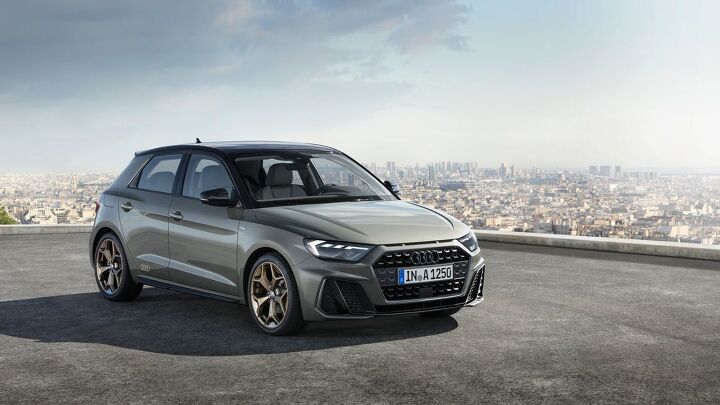

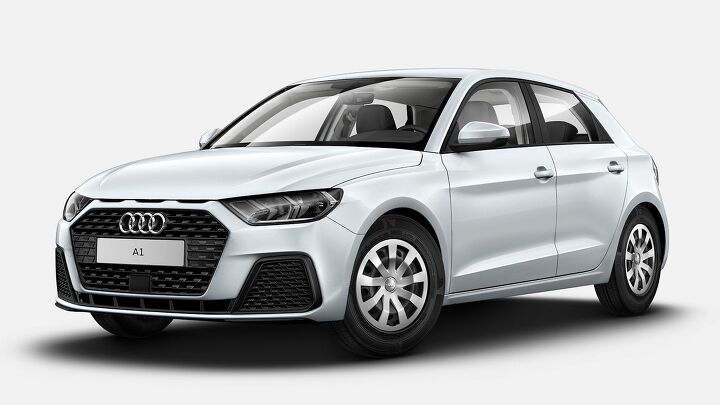
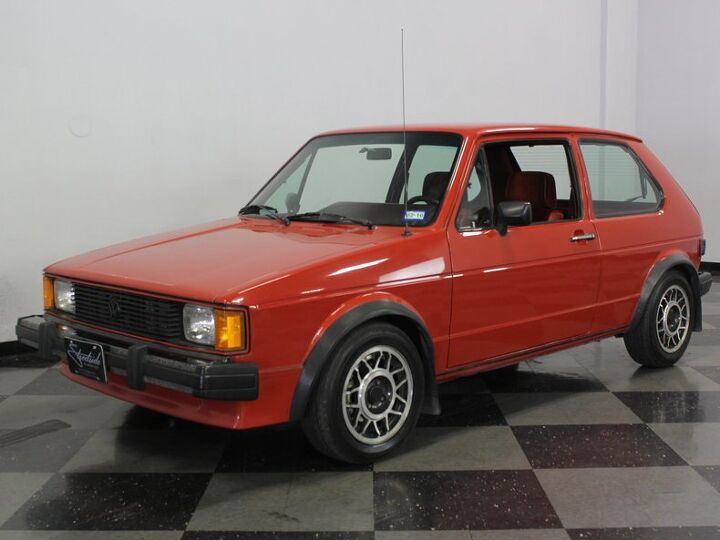
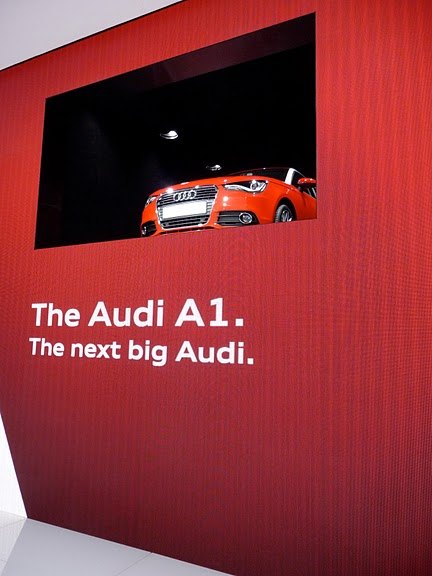
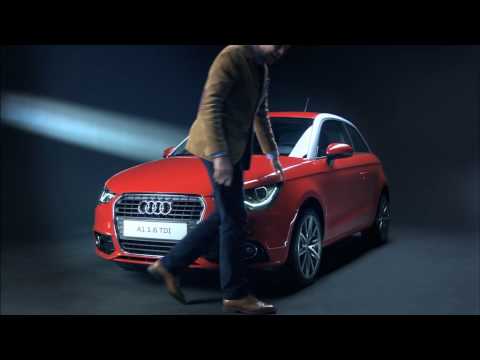












Recent Comments